The First School and Department in Japan Named "Human Sciences"
Osaka University was founded in 1931 as the 6th imperial university in Japan with Schools of Medicine and Science. The former originates in Tekijuku founded in 1838 by Koan Ogata. The Latter takes over Shiomi Institute of Physical and Chemical Research founded in 1916. Over more than 180 years since foundation of Tekijuku, the Univ. has gradually expanded its organization and reorganized, including conversion to a new-system university (starting in 1949). Currently, the Univ. is composed of 11 Schools of Letters, Human Science, Foreign Studies, Law, Economics, Science, Medicine, Dentistry, Pharmaceutical Sciences, Engineering, and Engineering Science; and 16 Graduate Schools, and other facilities. More than 23,000 students in total of undergraduate and graduate schools (as of May, 2020) are registered in the campuses in Suita, Toyonaka, and Mino.
This issue picks up Laboratories of Applied Cognitive Psychology and Behavioral Science for Safety, both belonging to Graduate School of Human Sciences. It was in 1972 that "School of Human Sciences", so named for the first time in Japan, was established by becoming independent of School of Letters. Newest of all in the Univ., this school builds up a unique approach aiming at human science study in an interdisciplinary way by bundling multiple disciplines. Covering both liberal arts and physical science, the School places weight on liberal arts with psychology, sociology and pedagogy as its core. Following this, "Graduate School of Human Sciences" was established in 1976. Today, the School offers an undergraduate program and the Department offers a graduate program, both of which include four divisions: Behavioral Sciences; Sociology, Contemporary Thought and Anthropology; Education; and Kyosei Studies respectively.
Each Division of the Graduate School of Human Sciences has laboratories. Several Laboratories related with psychology are placed within the Division of Behavioral Sciences and the Division of Education. Among them, Laboratories of Applied Cognitive Psychology Laboratory and Behavioral Science for Safety belong to the Division of Behavioral Sciences of Graduate School. The Division of Behavioral Sciences aims at clarifying human behavior scientifically from various angles. It has about 120 undergraduate students and bout 50 graduate students.
Characteristic efforts in These Laboratories
"Our Laboratory covers traffic psychology, applied psychology, and human engineering as our specialty fields. This is rather rare stance as a psychological laboratory."
Applied Cognitive Psychology Laboratory aims to tackle study on cognitive psychology for improving adaptiveness of equipment or system, in which advanced science and technologies essential in the modern society are accumulates, to human beings. According to Prof. Shinohara who leads this Laboratory, a large number of transportation-related researches have been made in the Laboratory; in recent years, however, psychology is also applied to researches in other fields than transportation more often than before. He mentions some examples of the researches, such as research on mistaking the accelerator pedal for the brake pedal, which he has been working on for about 10 years, and the research conducted last year on measurement of ability to concentrate and effect of learning about indoor desk work, and the method of improvement.
On the other hand, Behavioral Science for Safety Laboratory aims at psychologically solving problems related to improvement in the safety, comfort, and usability of human behavior in everyday and industrial/traffic situations, and circulating their research outcome through the society. Among them, Associate Professor Hiroshi Nakai of the Laboratory currently focuses on safety of children. With "co-creation" as a keyword, while being committed to return to the society through collaboration with the local community, they are exploring how they can contribute with studies of liberal arts.
Process of Introducing UC-win/Road DS
As one of diverse research issues for traffic psychology, Prof. Shinohara mentions a case of analyzing drivers' behavior and psychology. In the past, just like the experiment on the sense of direction mentioned at the beginning, it was usual to conduct experiments by having the test subject drive a car actually while putting on equipment such as the eye camera, and measuring the effective field of view from the reaction to light emission of the bulb installed on the windshield of the car and so on. However, partially because of its safety problem, they shifted the method to another one using DS step by step. In measuring effective field of view using DS, at some time they used visual targets drawn within CG instead of the bulb. At another time, they returned to a physical method, for example, by using a transparent acrylic panel with LED embedded in it, says Prof. Shinohara.
”It was I who said, ‘Let’s replace (the existing DS) with this’.” In about 2011 when using mobile phones or operating car navigators while driving was regarded as problems, Prof. Shinohara took part in a joint research with laboratories of other universities and companies on the influences that these behaviors have on drivers. Seeing UC-win/Road DS’s installed in these universities and companies during the research, he was convinced of usability of the DS in measuring the effective field of view. As their DS made by other manufacturer had reached the renewal time after using it for a long time, he started to think of replacing it with UC-win/Road DS because of its high degree of freedom as well as its superiority in terms of cost. Since it was foreseen that it would also enable safe and effective research other than measurement of effective field of view, it was almost decided to introduce the DS for their own study activities within the University.
With the 2013 human science project as an opportunity, Applied Cognitive Psychology Laboratory and Behavioral Science for Safety Laboratory introduced UC-win/Road DS equipped with a driving board just like the actual vehicle and 3-panel liquid crystal display. Since then, both Laboratories have been operating the DS jointly for a variety of studies.
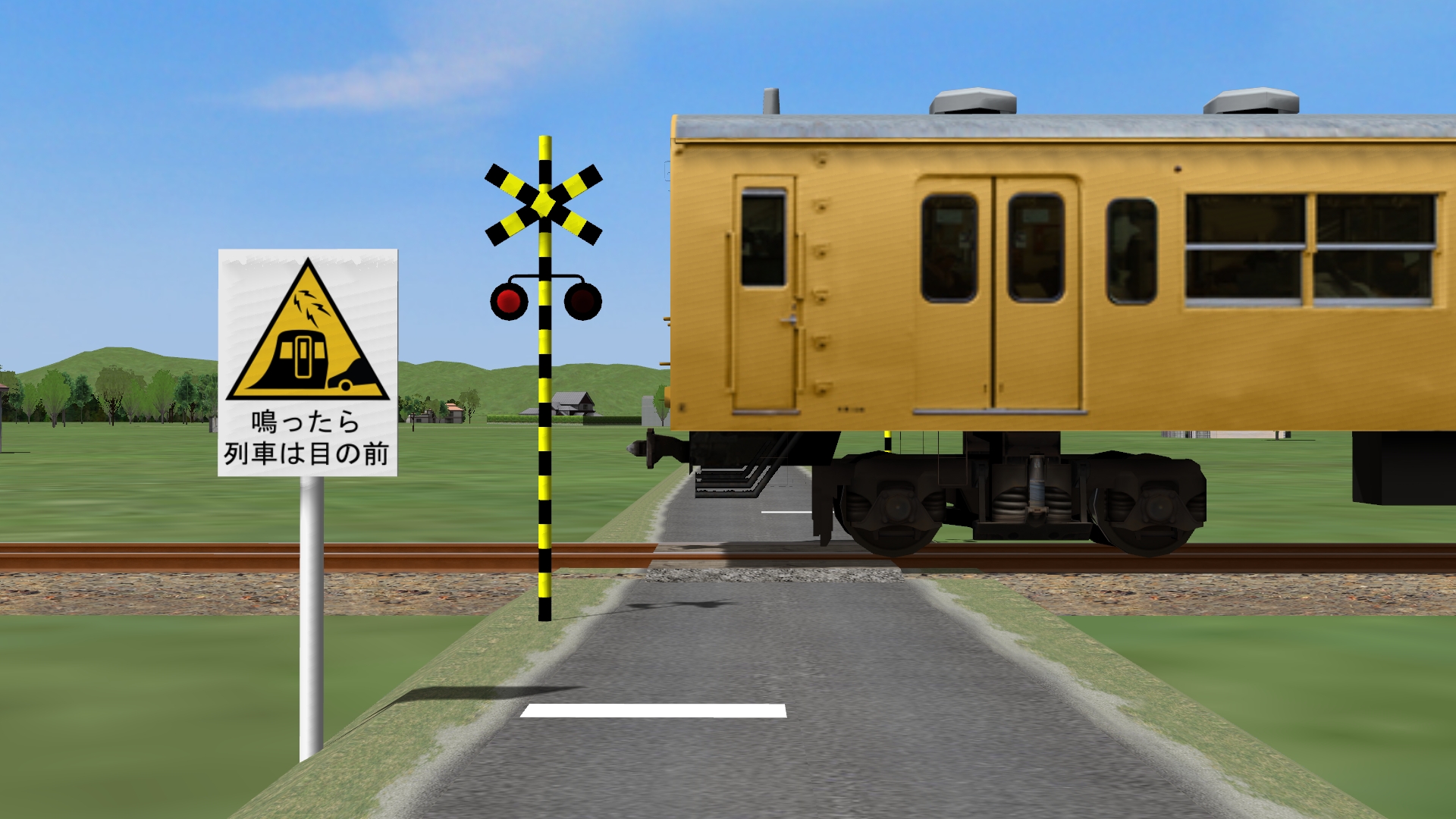 |
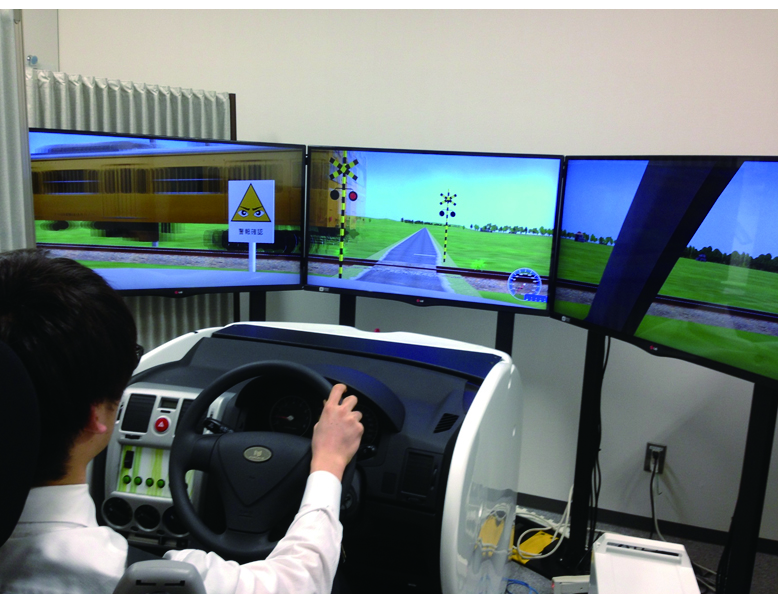 |
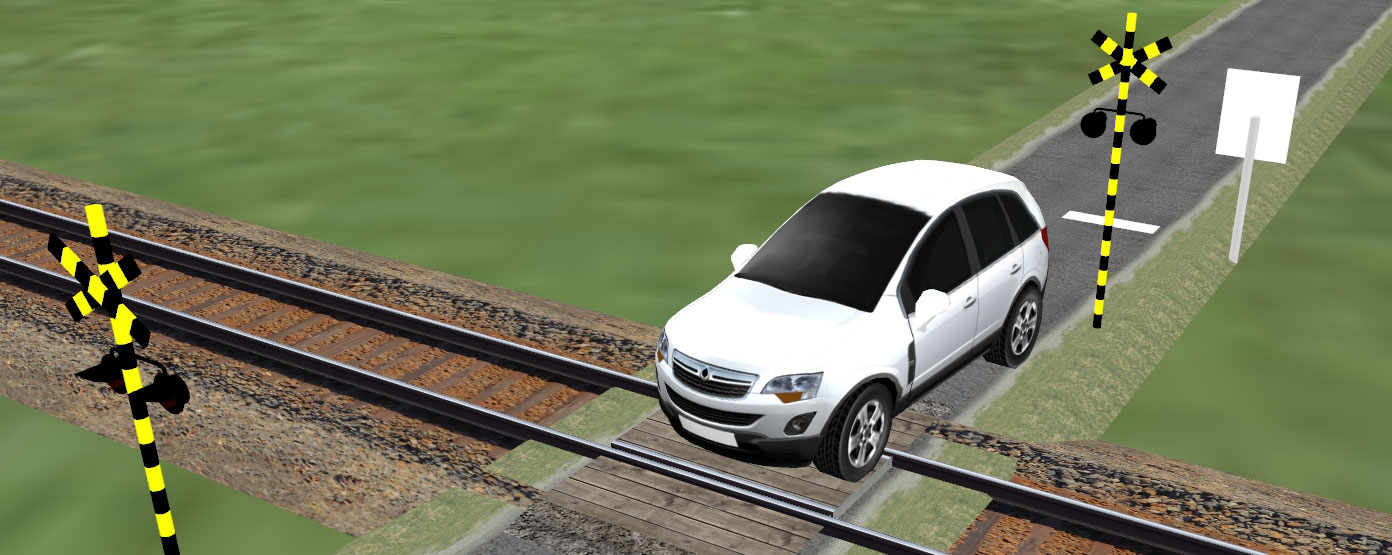 |
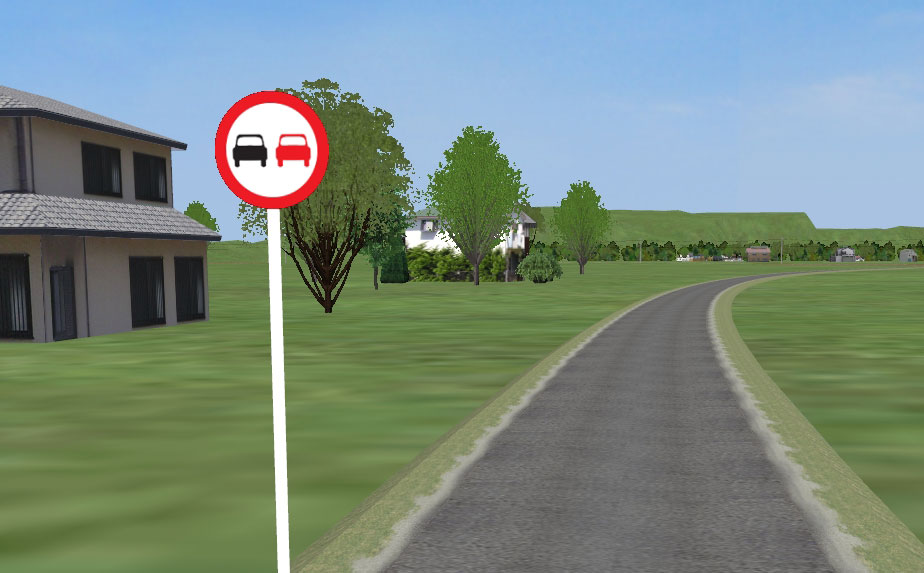 |
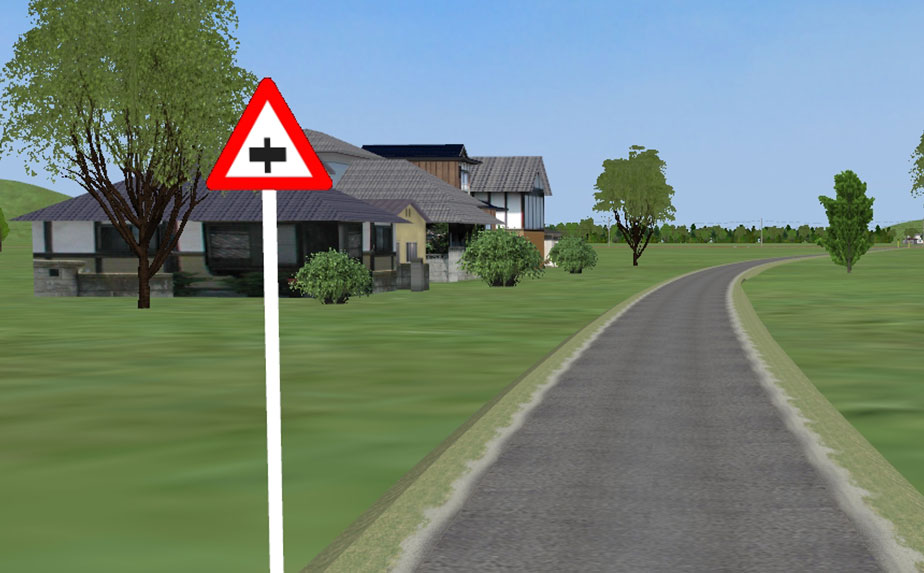 |
| Research into the vehicle driver’s behavior change brought about by the design of crossing signs using UC-win/Road DS |
Diverse Researches Promoted by Utilizing DS
|
As a case of utilizing UC-win/Road DS in the research he participates, Prof. Shinohara mentions research on finding out the effect of conversation during driving for preventing sleepiness of drivers. First of all, as a main task, the test subject is asked to drive on a simple straight road on the DS following the preceding car while keeping a certain distance. Then tasks of multimodal stimulus detection are measured, for example, about visual stimuli (LED lighting), auditory stimuli (sound from the speaker), and the sense of touch (vibrations). In addition, the test subjects are given secondary tasks, such as conversation (roughly divided into two contents concerning whether the passenger is cooperative to the driver or not), making word chains, mental arithmetic, and numerical input, to compare and analyze the influence they have on the effective field of vision and/or sleepiness. This has proved a certain effect of maintaining wakefulness brought about to the driver by conversation during driving.
They also used the same DS in Behavioral Science for Safety Laboratory for researches such as how driving behavior change by changing the road markings. As part of this, Research Associate Mayuko Ueda, Graduate School of Human Sciences, Osaka University mentions the research on the behavior change in vehicle drivers brought about by the design of crossing signs, which she worked on from 2014 to about 2015 when she was working in the safety research institute of West Japan Railway Company. In order to develop a sign that encourages vehicle drivers to stop spontaneously at the third-class railroad crossing without gates, several kinds of facial expressions that urge confirmation of warning were created, which suggest prohibition and warning for crossing the railroad just before the train comes in, gratitude for safe behavior, and the glaring face. To observe natural behavior at crossings, dummy tasks were given to the test subjects and told to do their best to get good performance for this task. Then the influence on the stop rate was measured. The result showed that under the condition that a train actually passes, the stop rate becomes almost 100% regardless of the type of sign. On the contrary, under the condition does not pass, the sign showing gratitude is more effective than that of alarming type.
Moreover, Lecturer Yasunori Kinosada, Department of Information Design, Faculty of Informatics, Shizuoka Institute of Science and Technology conducted experiments in a group of 3 members including one student, about decision making when a driver crosses an intersection point, when he was working as a research associate in the Laboratory of Prof. Shinohara. This focuses on how the driver’s behavior pattern changes in crossing the intersection with no signal depending on whether the approaching vehicle is equipped with the operation support system (collision avoidance system). On the DS, a scene was set up in which 2 roads of similar specifications cross each other. When the test subject is driving a vehicle on one road towards the intersection, another vehicle on another road is approaching to the intersection from the right at almost the same timing. They observed how aggressively the test subject, who has priority under the Road Traffic Law, enters into the intersection according to various situations. He says it was proved that when it is instructed that the operation support system is equipped with the approaching vehicle (in particular, if the operation support system of the approaching vehicle is highly reliable), the timing that the driver starts to slow down before entering into the intersection becomes late.
On the other hand, considering that researches into the concerned field have been increasing in recent years as the head-up display (HUD) widely spreads, Prof. Shinohara mentions efforts of his and others to compare monocular presentation and binocular presentation of HUD images. Saying that there are few cases yet in which DS is used in studying monocular presentation, he explains significance of their research that searches for which way is suitable for driving a car. |
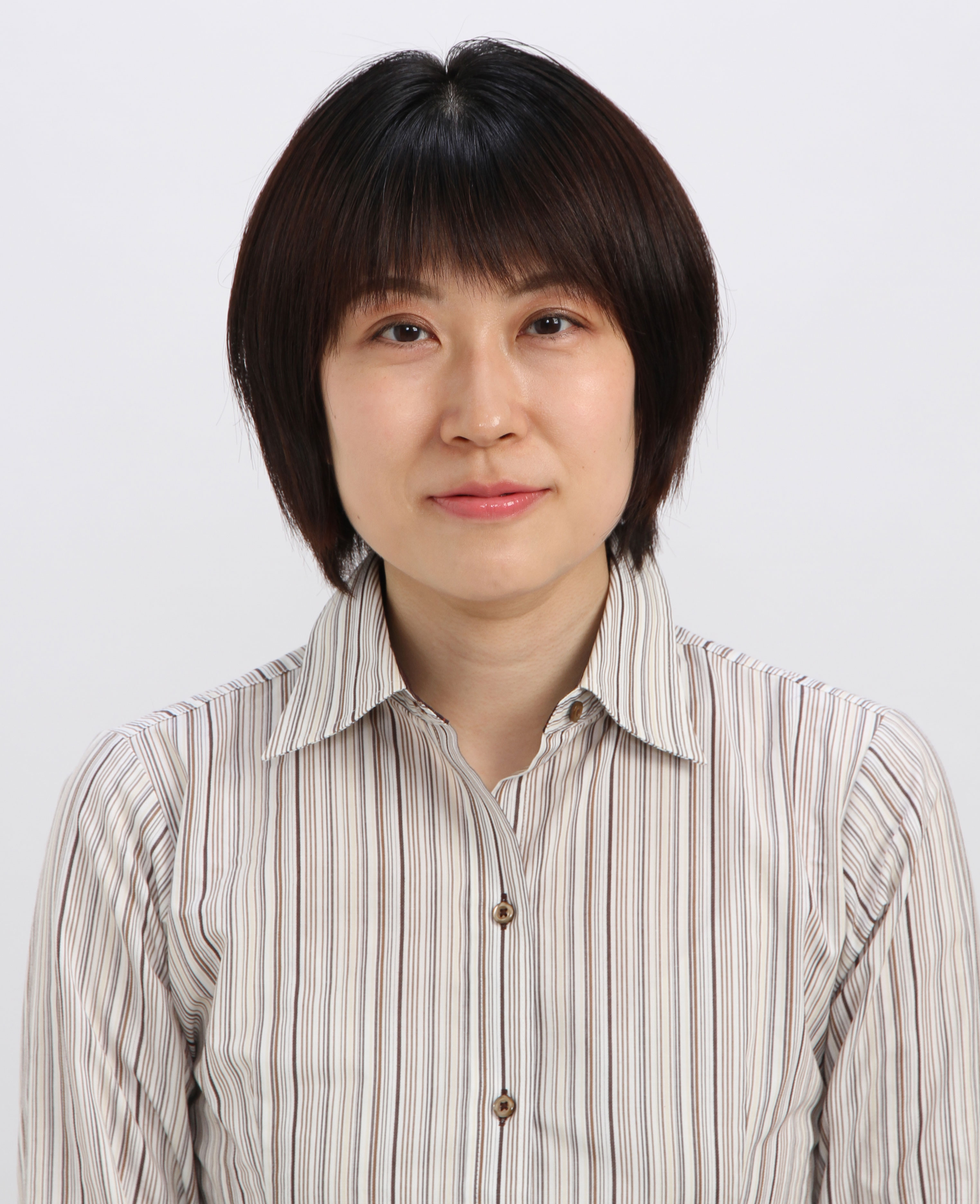 |
Research Associate Mayuko Ueda,
Graduate School of Human Sciences, Osaka University |
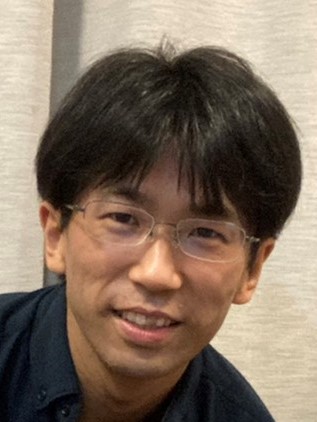 |
Lecturer Yasunori Kinosada,
Department of Information Design, Faculty of Informatics,
Shizuoka Institute of Science and Technology |
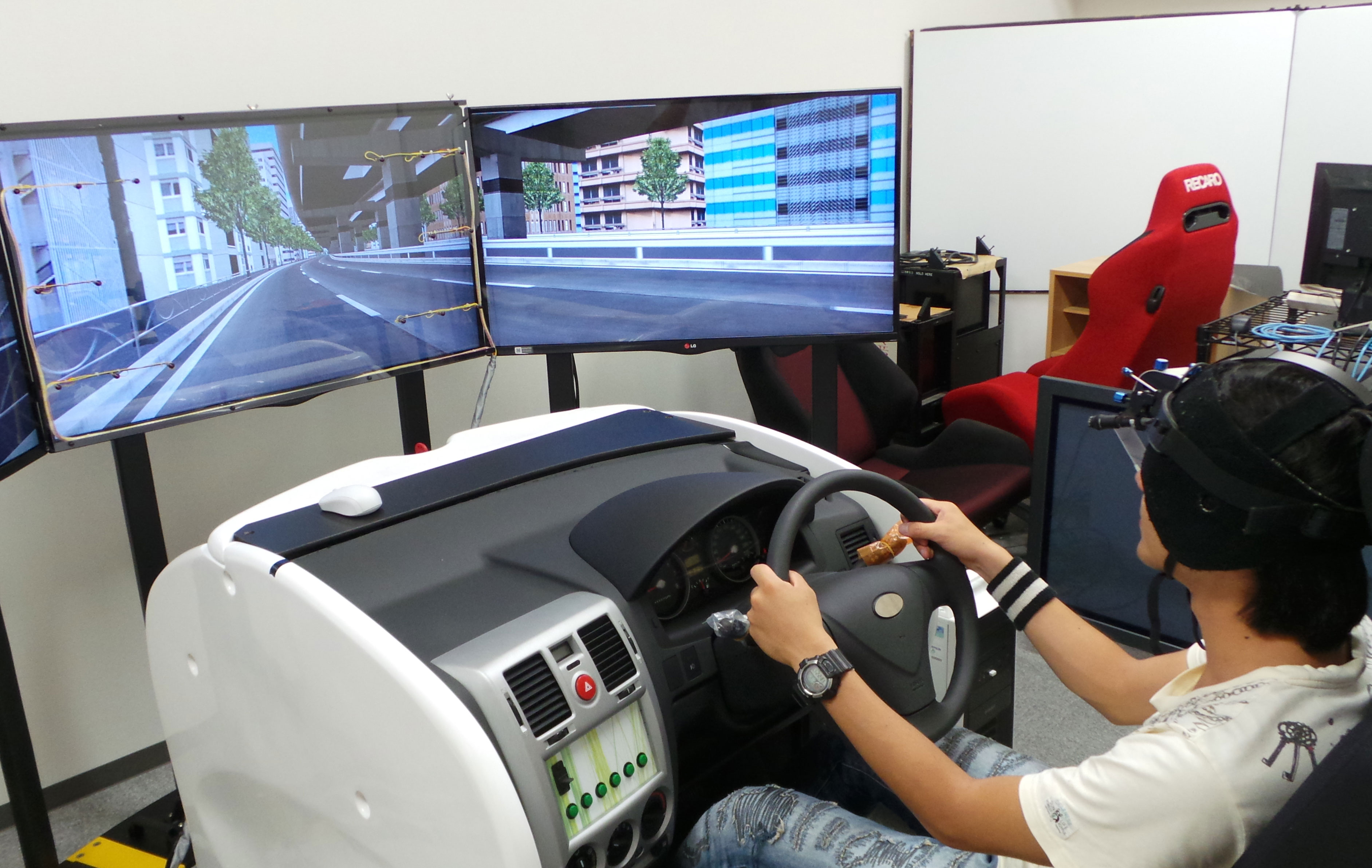 |
| Experimental equipment for following travel with the drive simulator, using monocular head-up display |
Direction of Research in Future and Expectation to Application of DS
Considering further spread and development of the automated driving functions, Prof. Shinohara pays attention to the problems of excessive trust in the systems and dependence on them. Based on future research for finding out conditions that allow such things to occur psychologically, he mentions the potential of applying DS. At the same time, bearing in mind development of a better method of evaluating the driving ability of the elderly drivers, they are planning to explore how a new simulator should be.
Prof. Shinohara states that in such time, it is essential to make the most of tools. In particular, UC-win/Road DS can be adapted to not only research into driving or sense of direction but also a variety of scenes that treat virtual spaces. Consequently, he is convinced of its usefulness in research related to spaces or behavior. Then it depends on ideas about how to incorporate these kinds of simulator into their own research topics related to human behavior, according to him.
|
